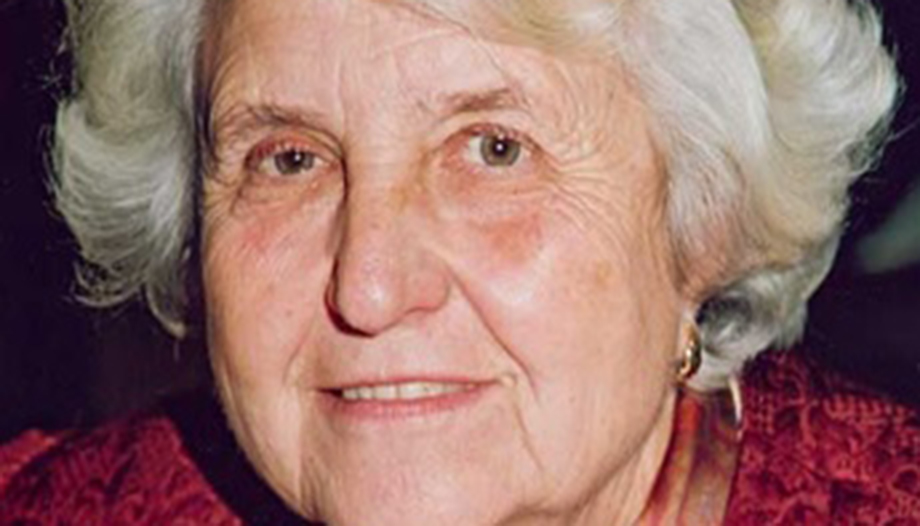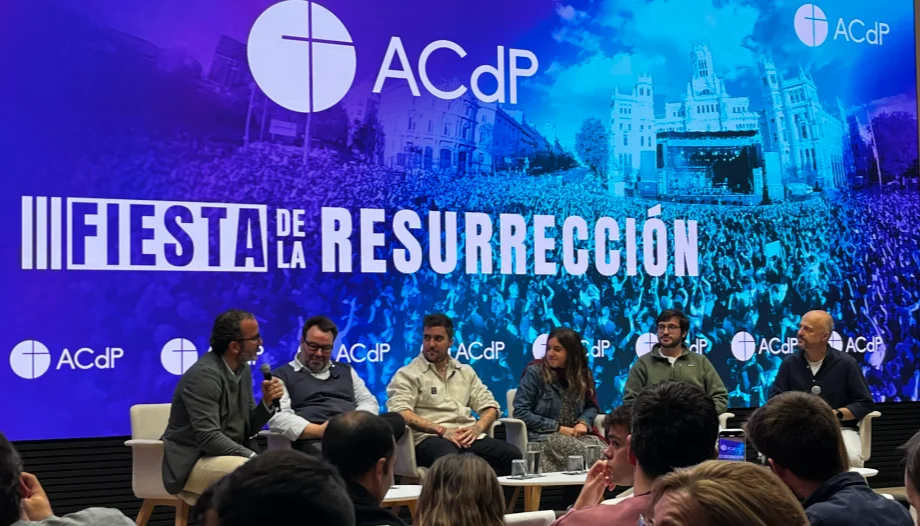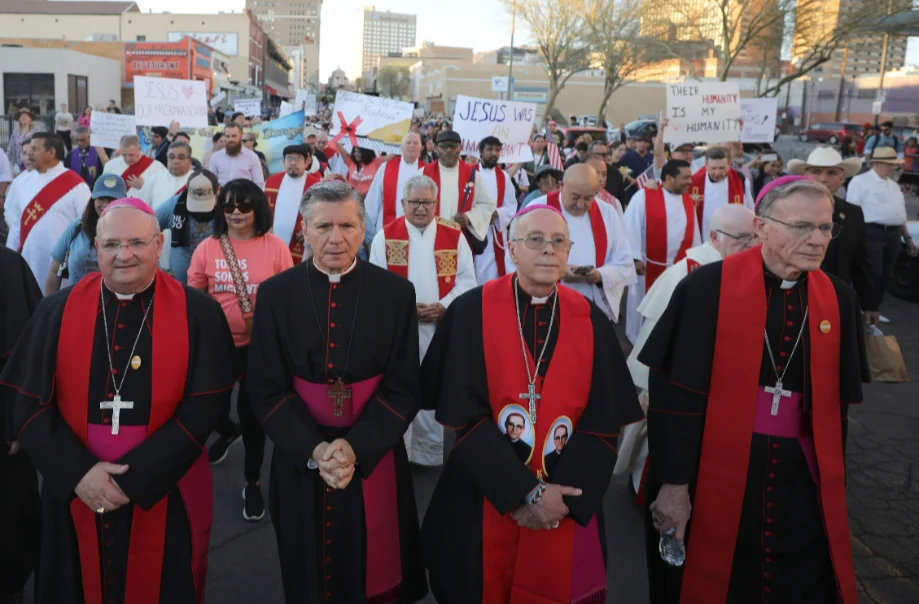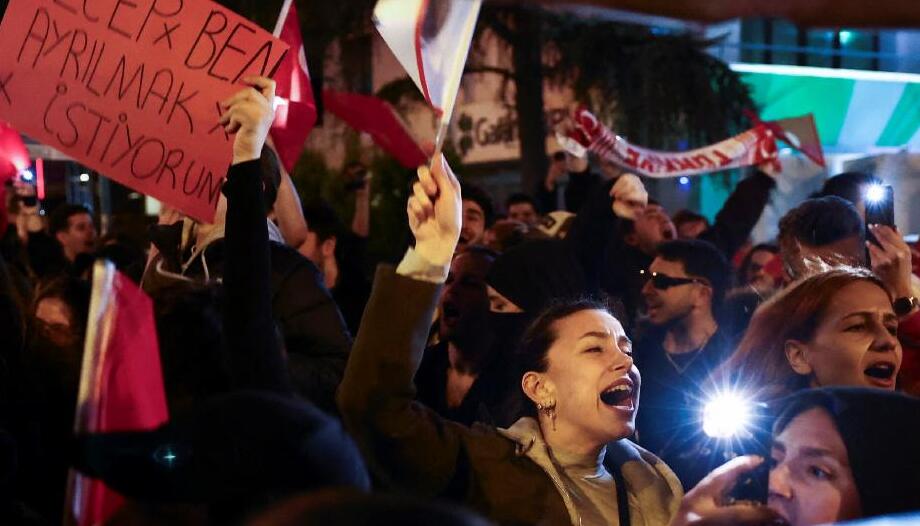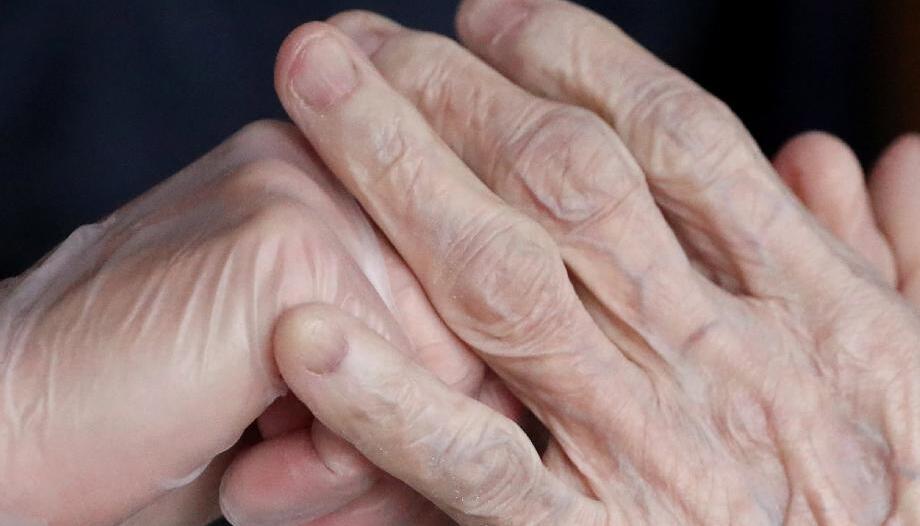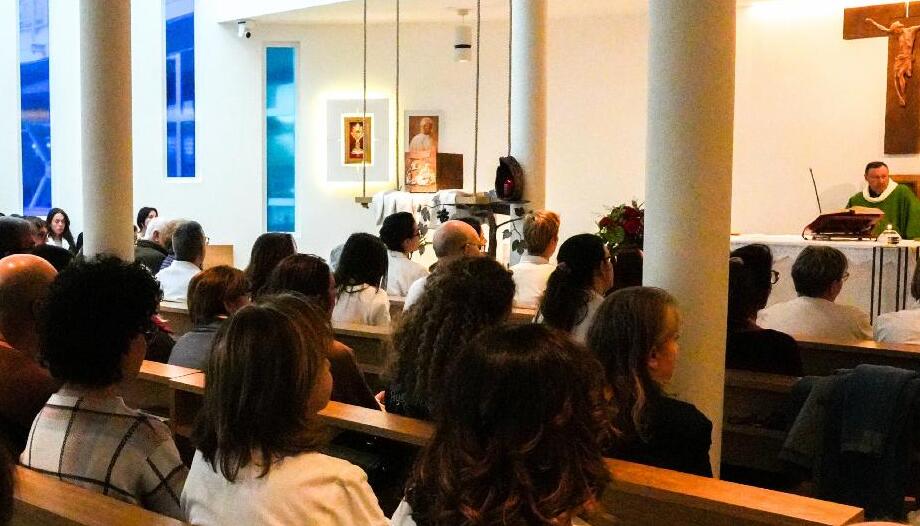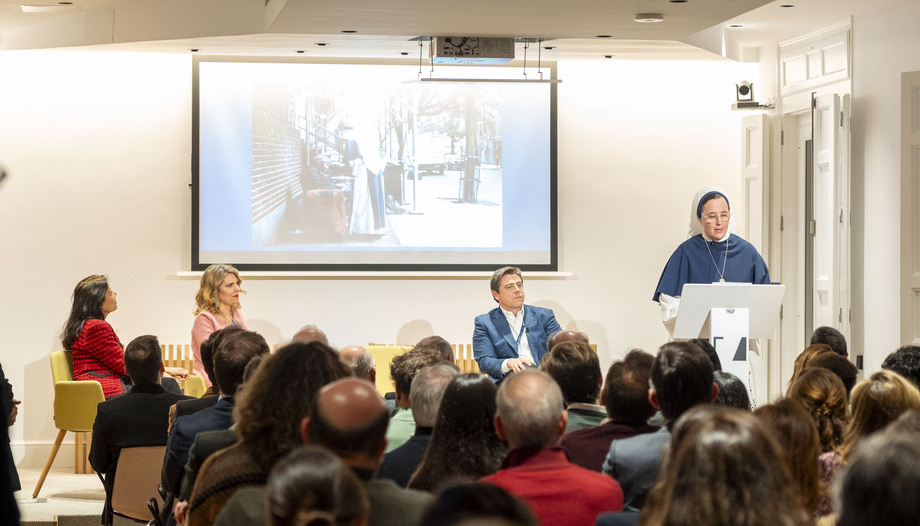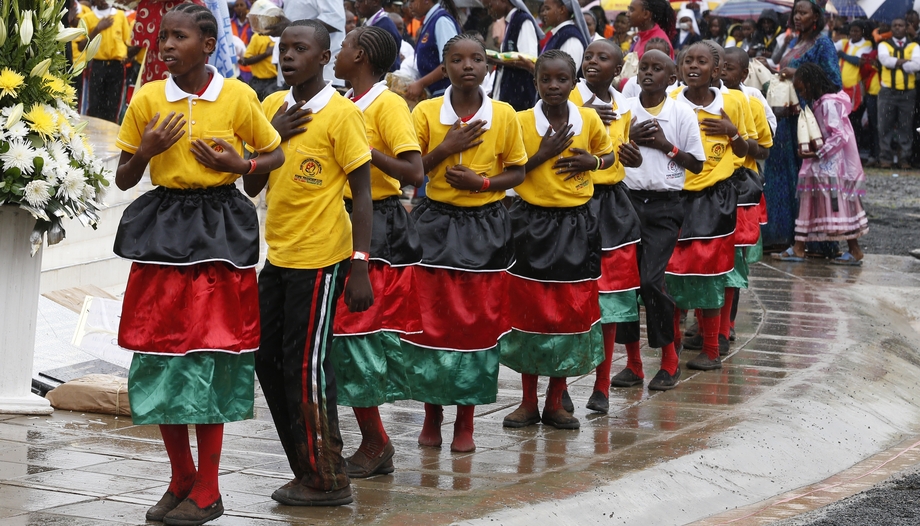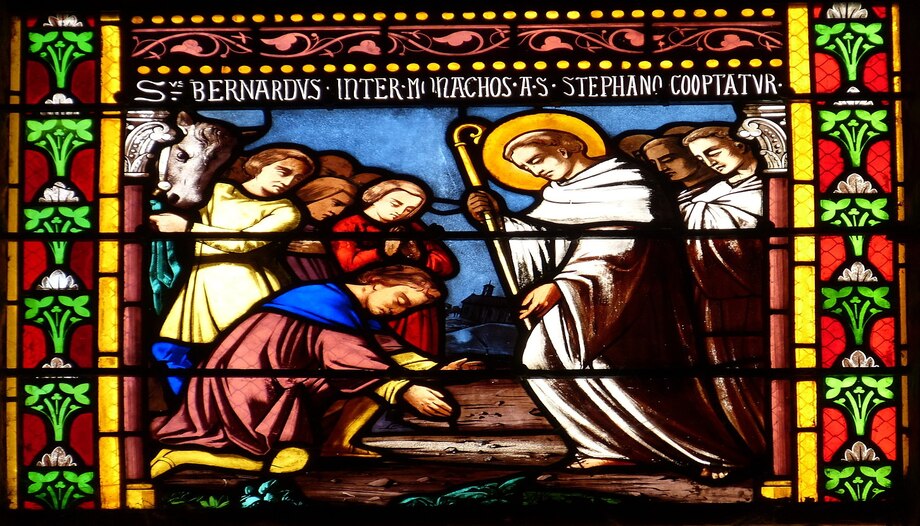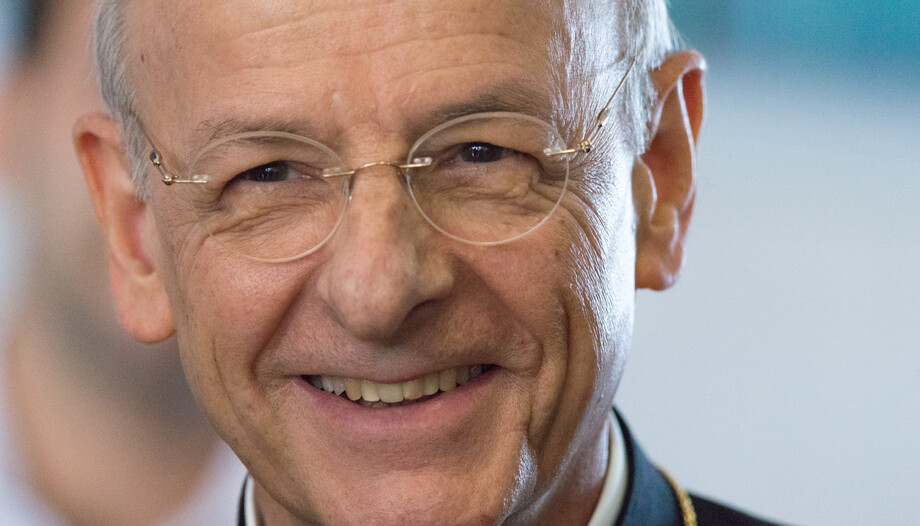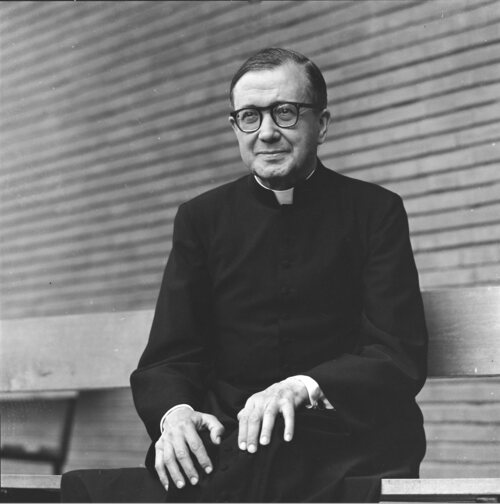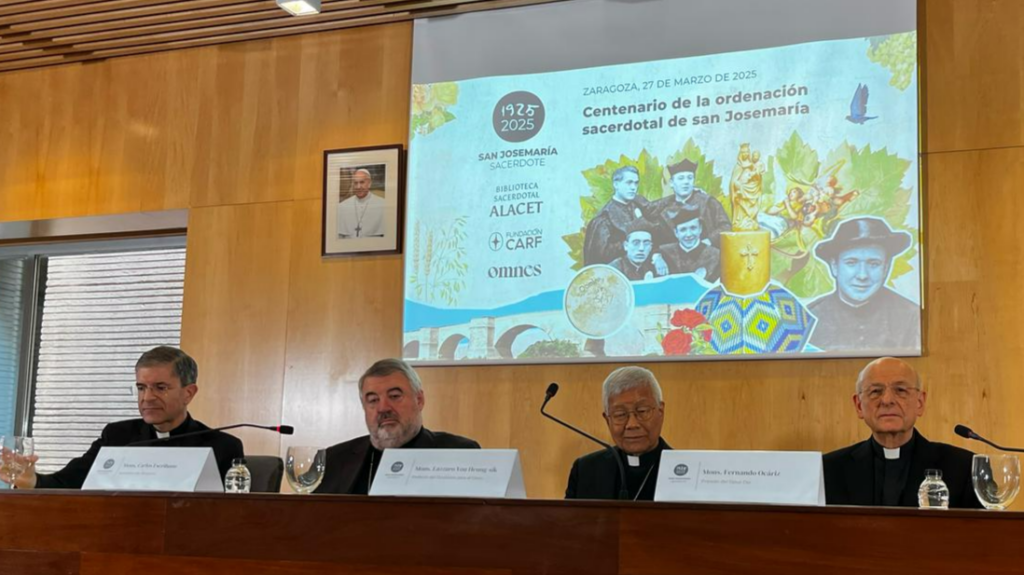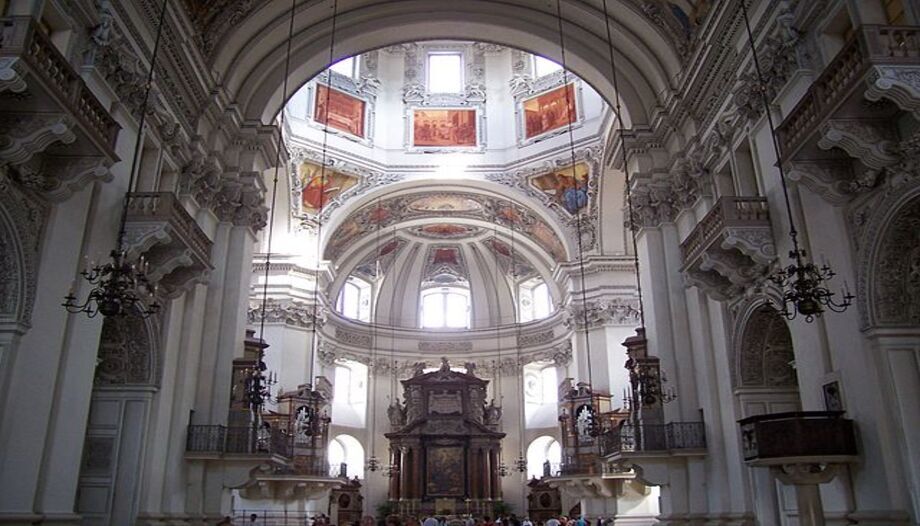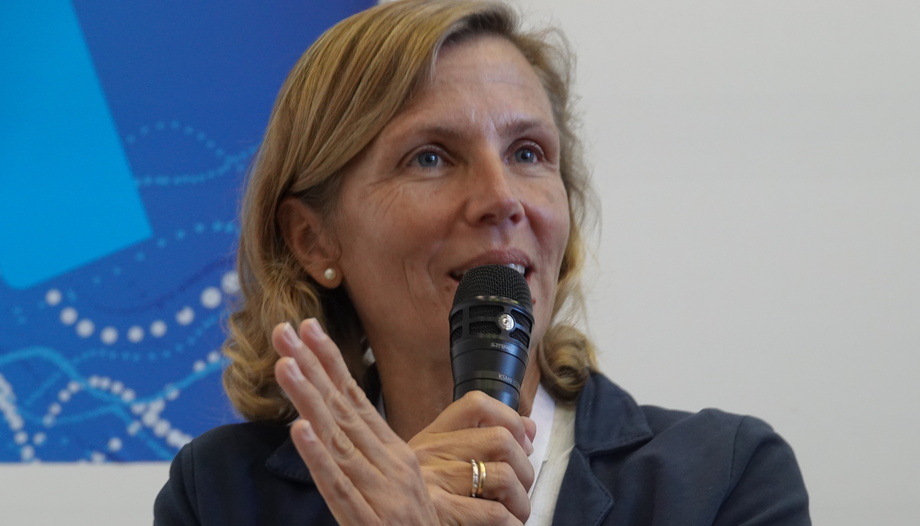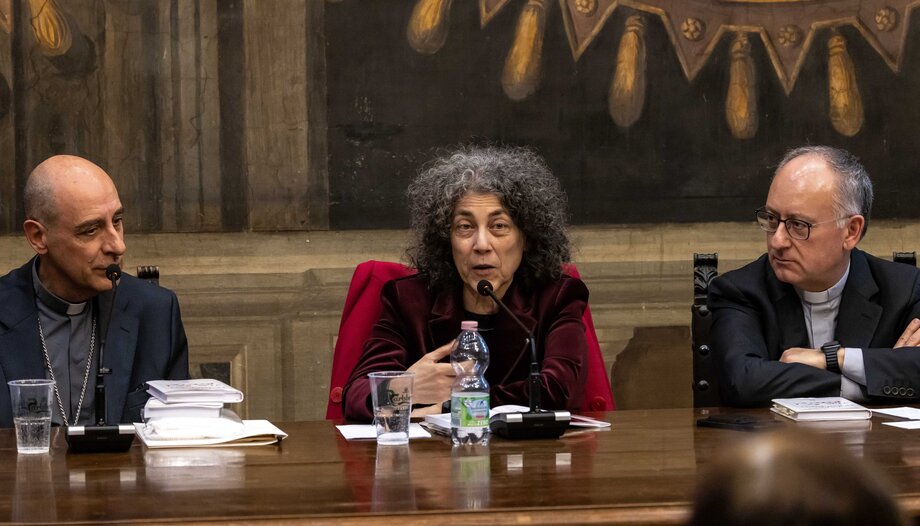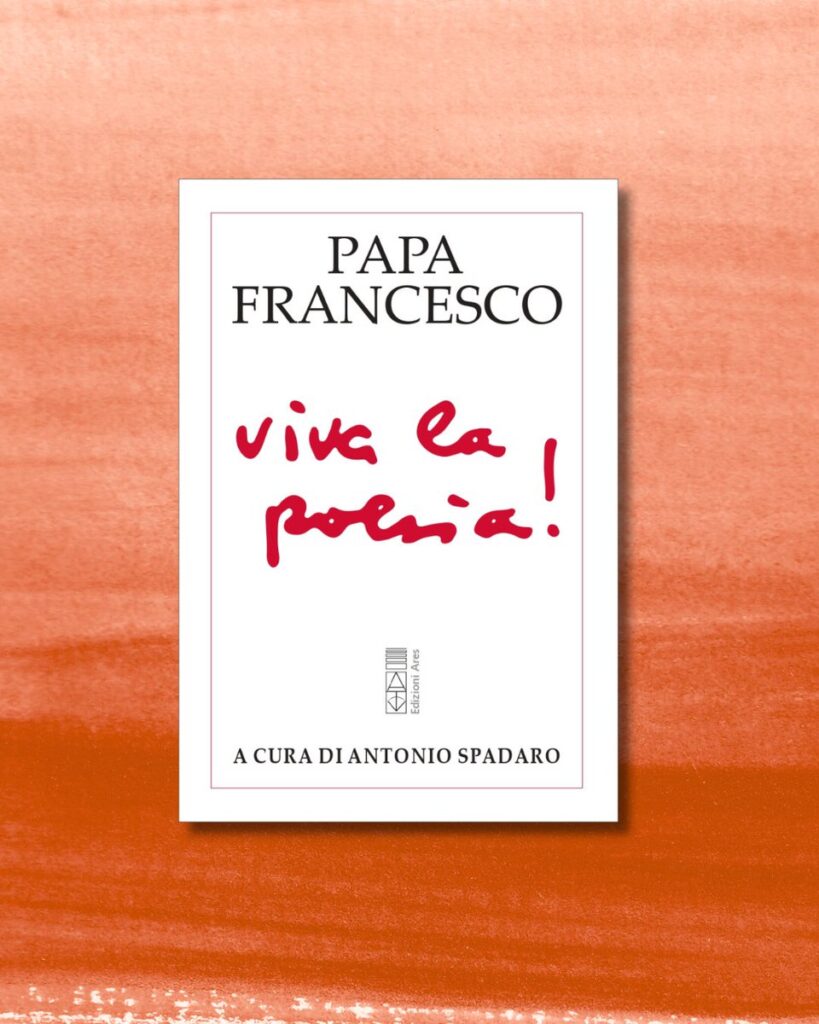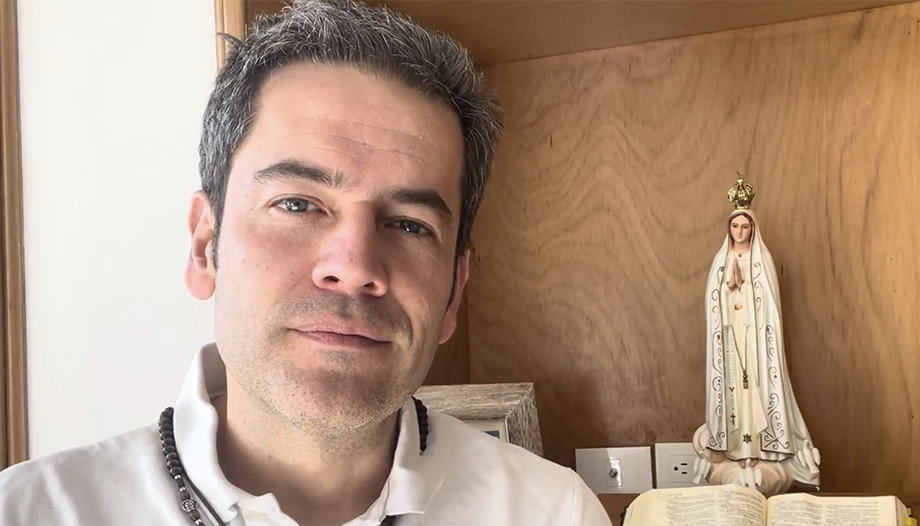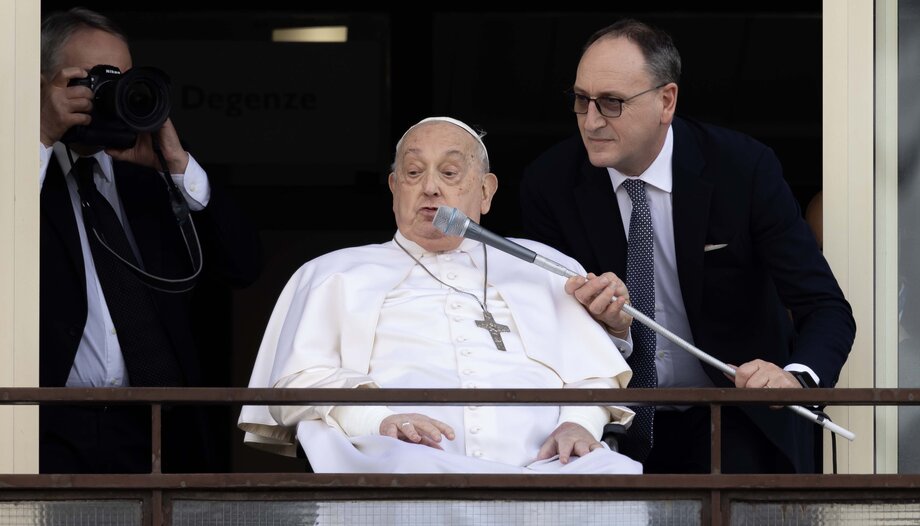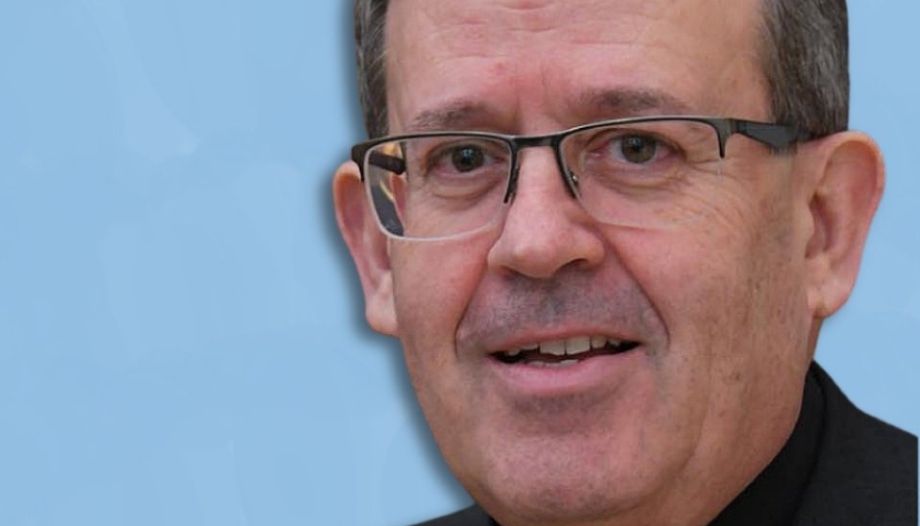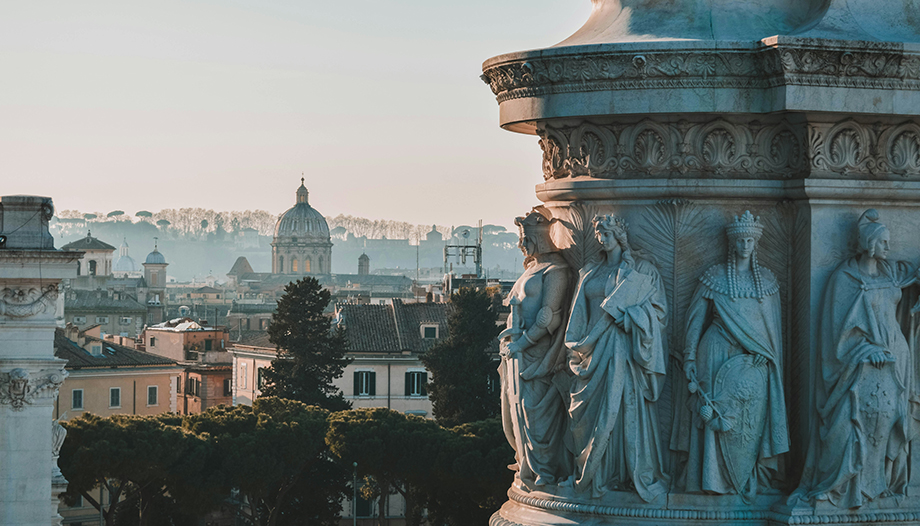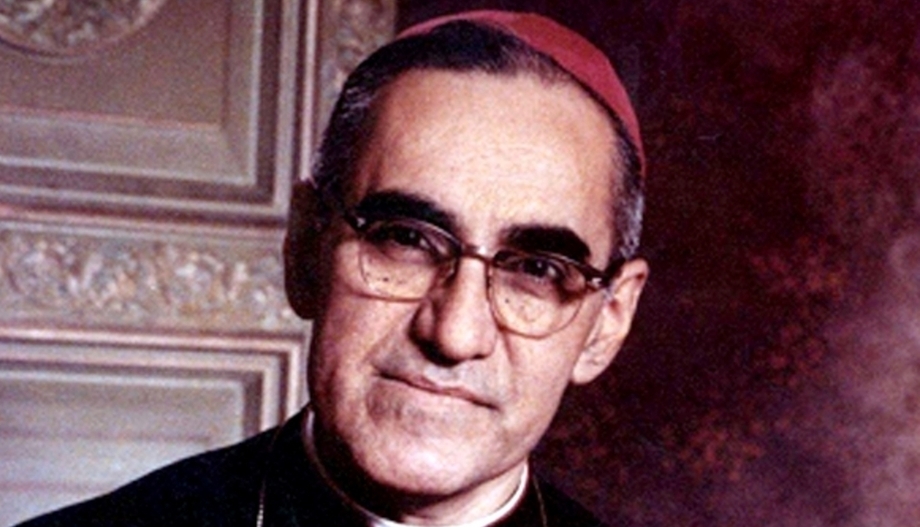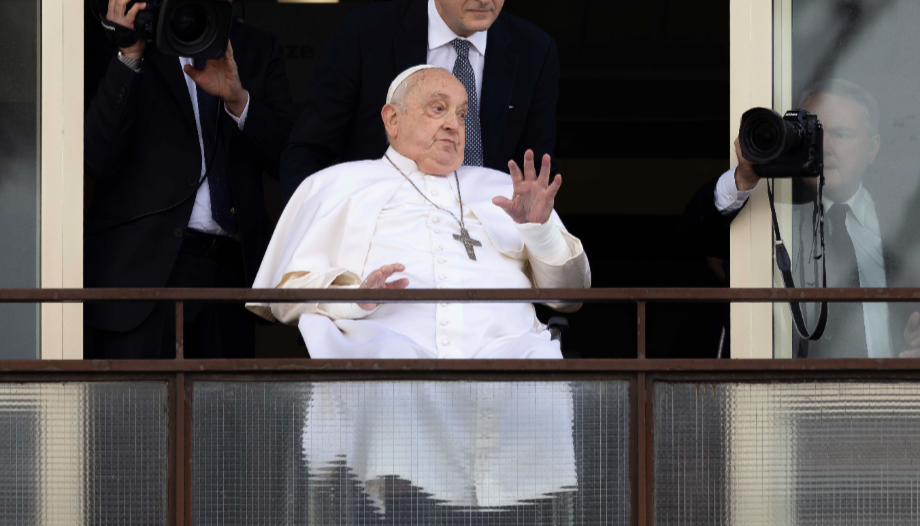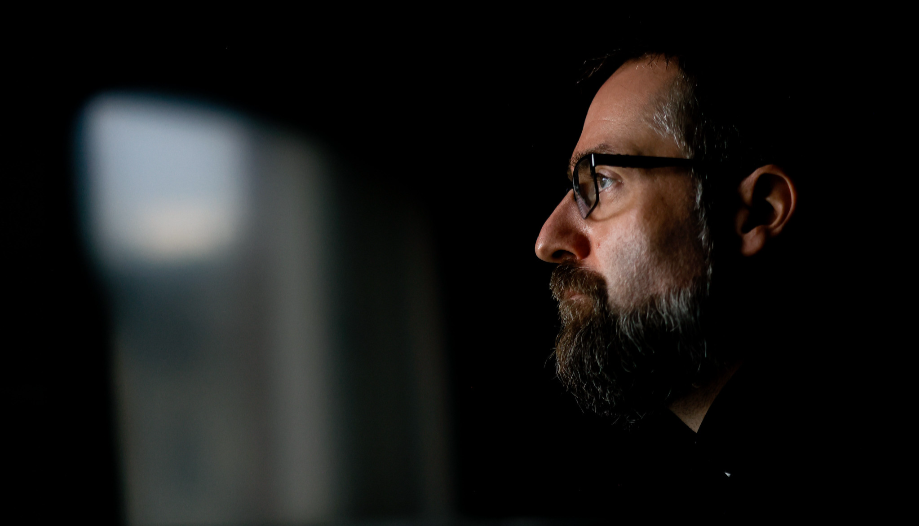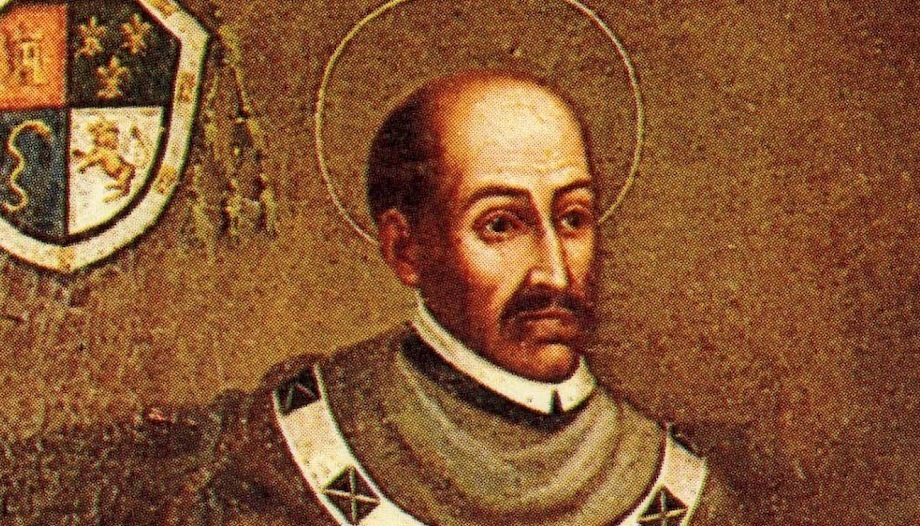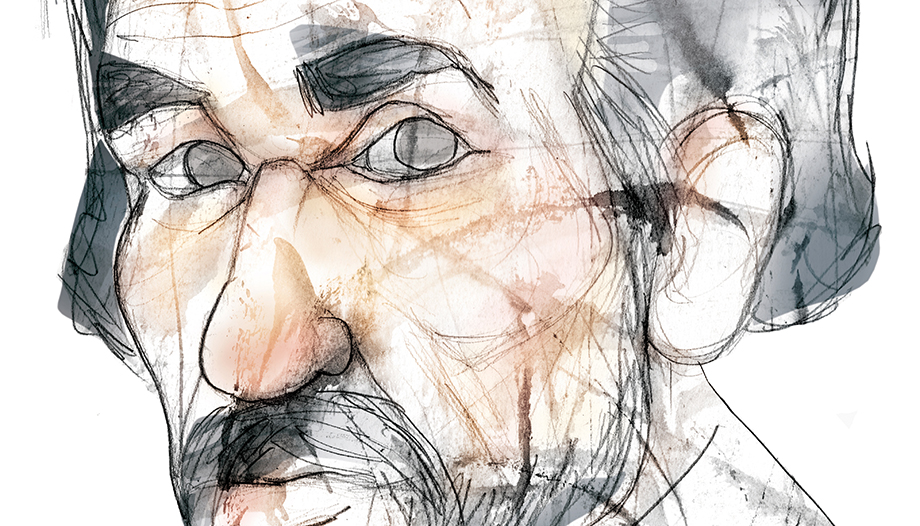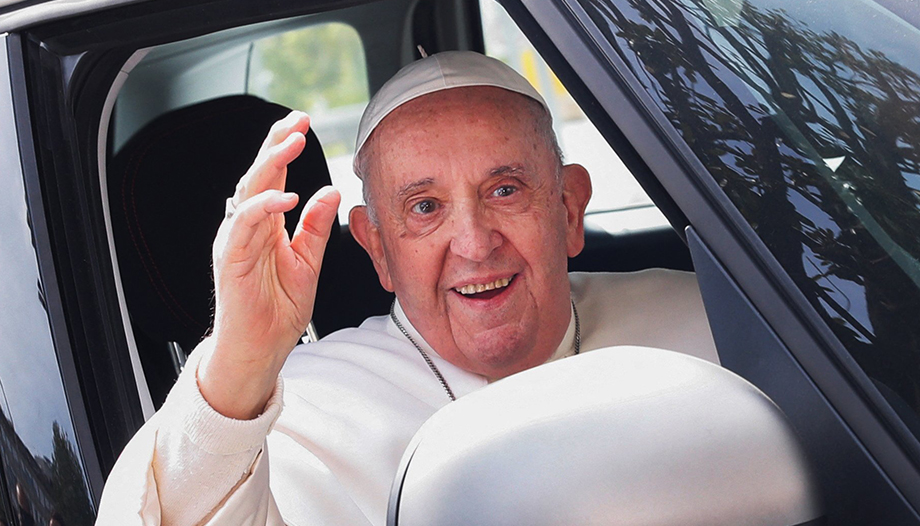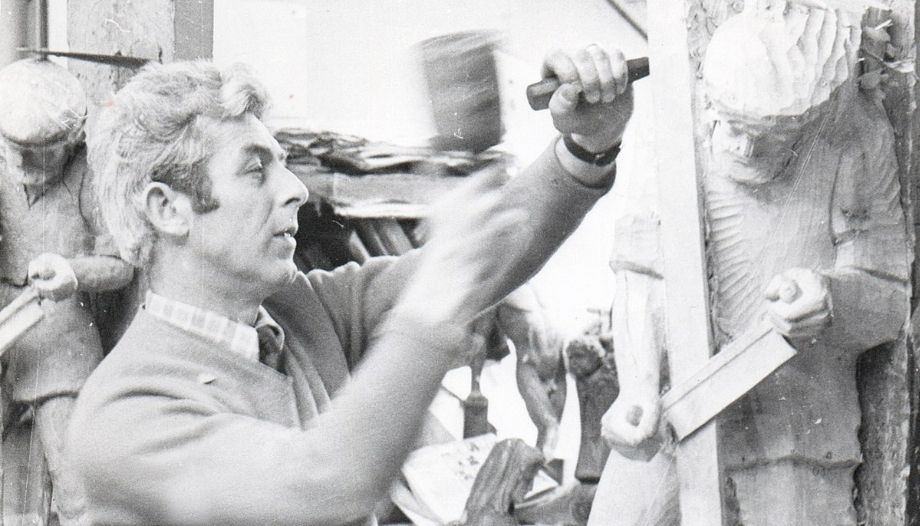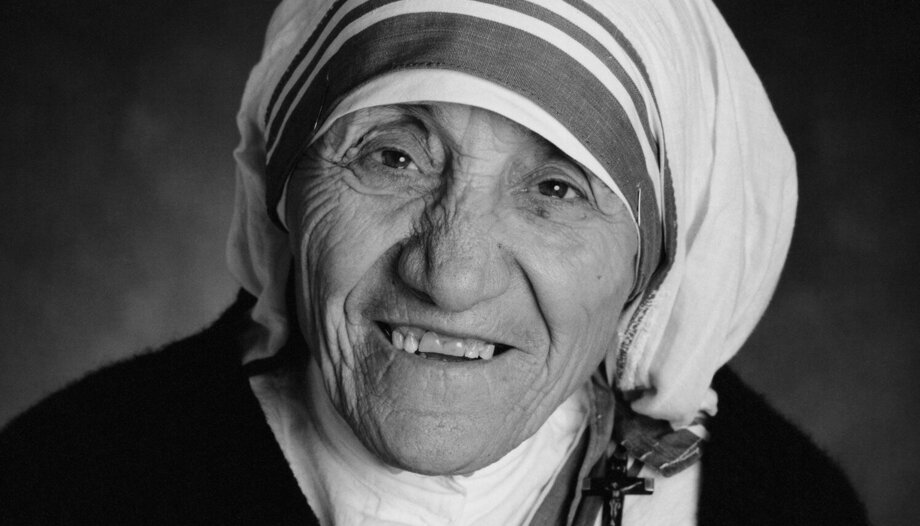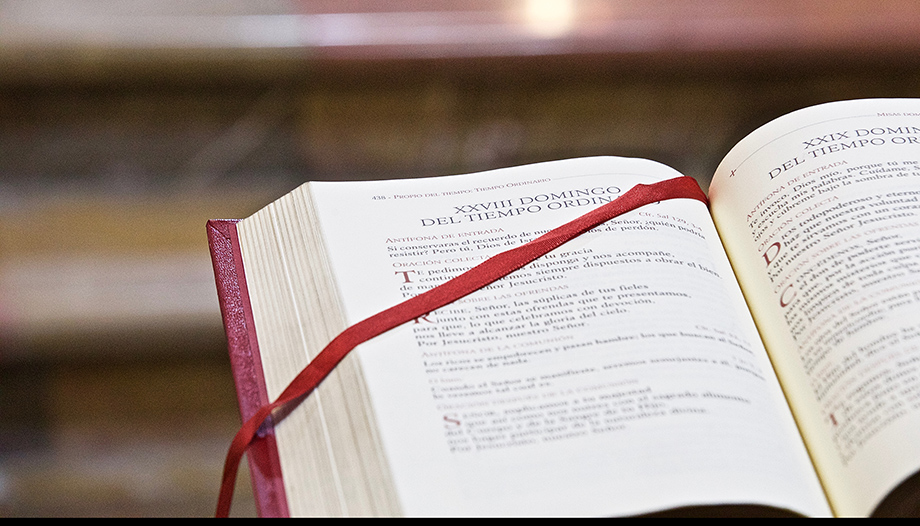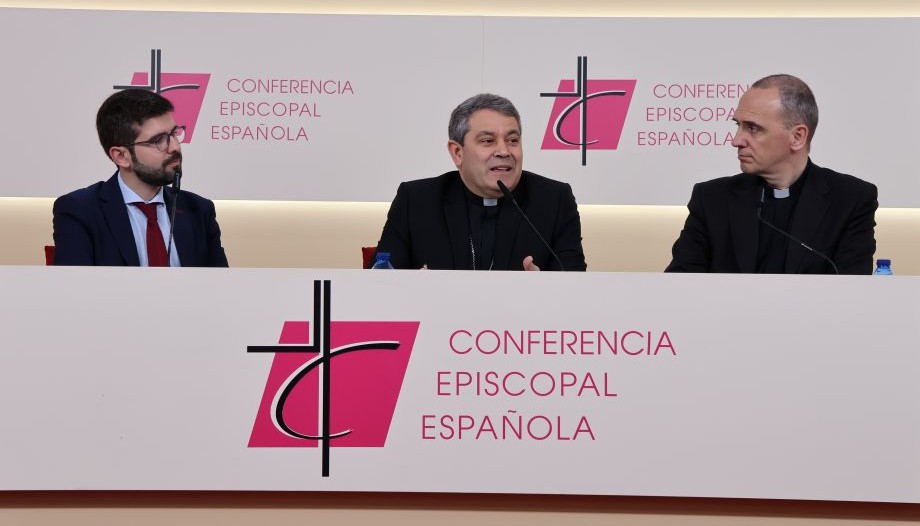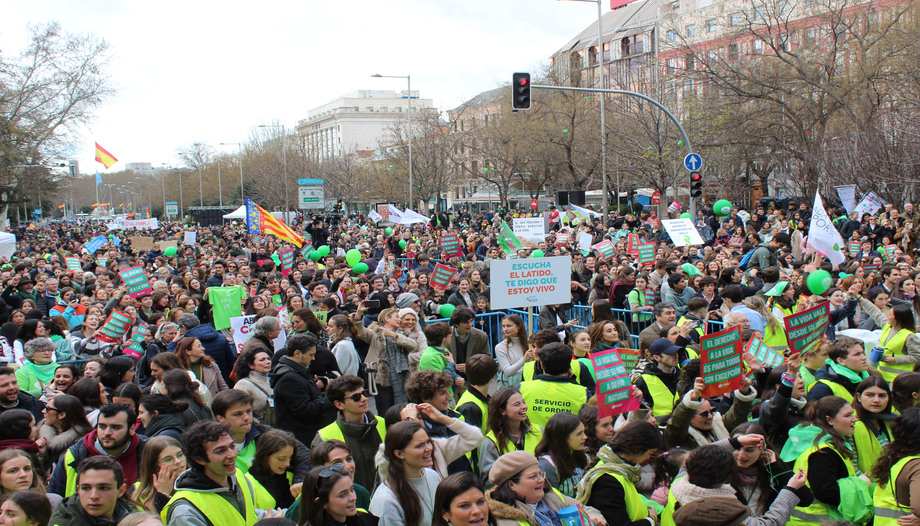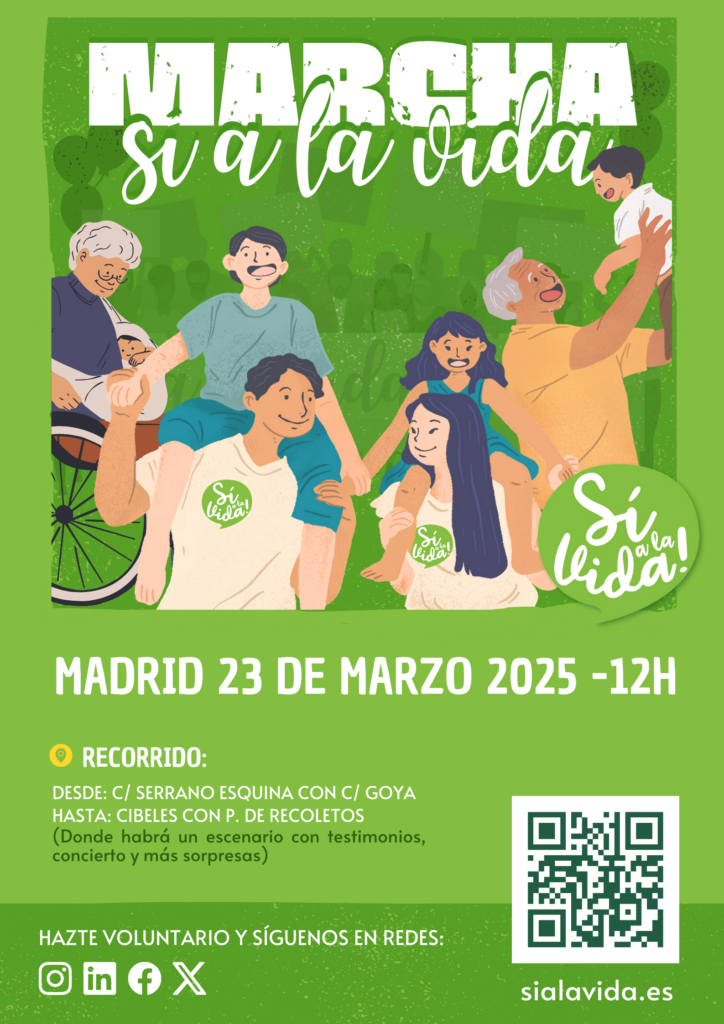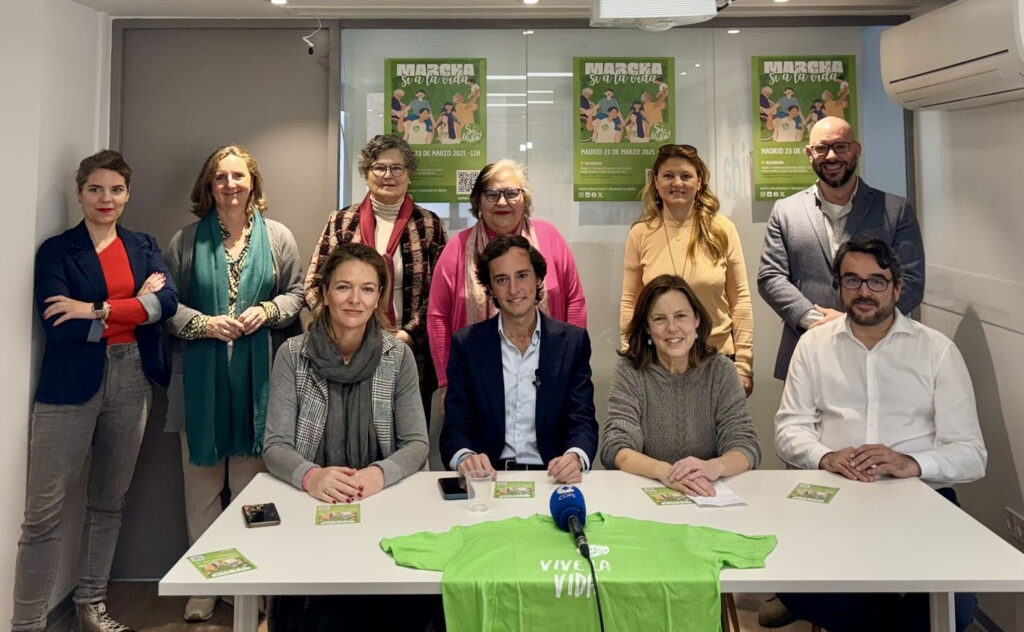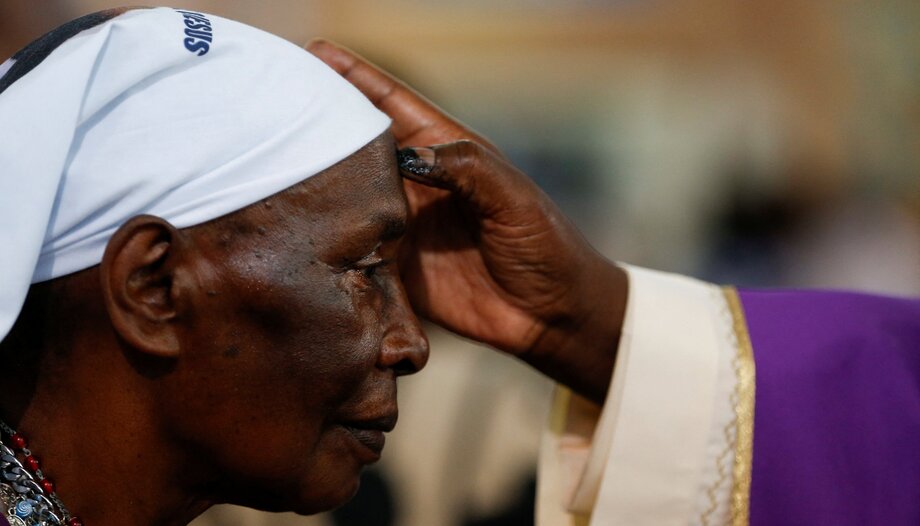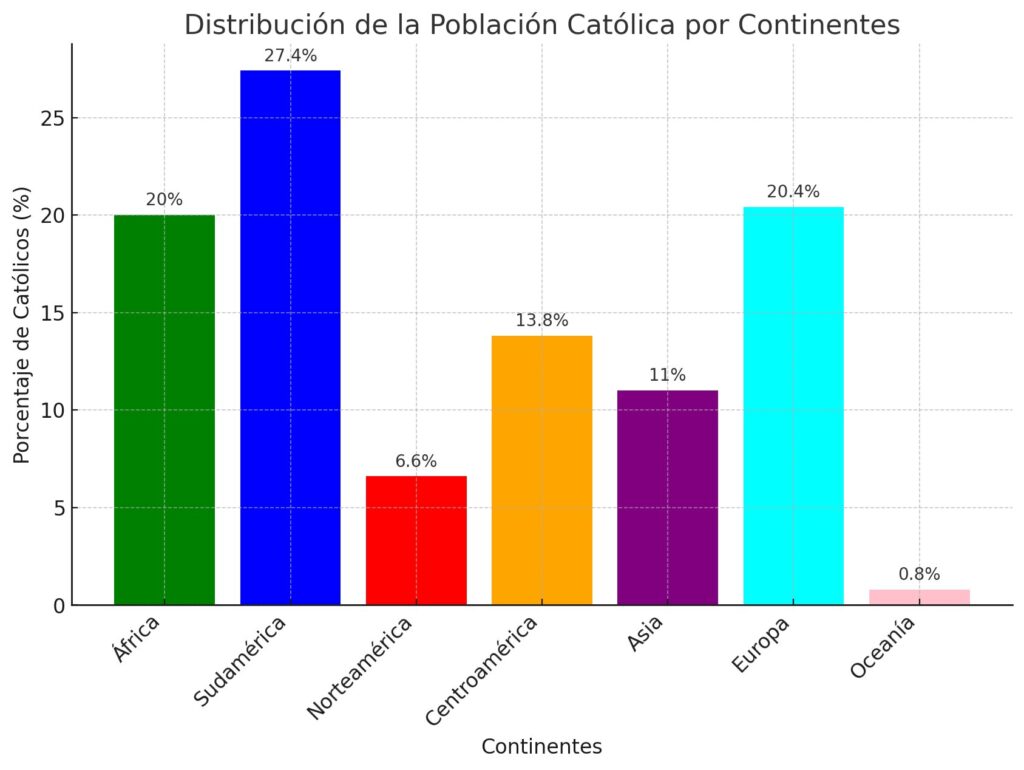In a previous article We dealt with the non-Christian and non-canonical sources about Jesus of Nazareth. Here we now illustrate, albeit briefly, the canonical ones, i.e. those considered sacred and reliable by the Church.
Pauline Epistles and Acts of the Apostles
The Pauline Epistles, or Letters of the Apostle Paul, are part of the New Testament. They were written between the years 51 and 66 by Paul of Tarsus, better known as St. Paul, called the "Apostle of the Gentiles" because with him Christian preaching crossed the frontiers of Western Asia.
Paul never met Jesus, but his writings represent the oldest documents about him and also establish that the "kerygma" (the proclamation of the identity of Jesus, Son of God, born, died and resurrected according to the Scriptures) was already fixed less than twenty years after the death of Christ.
More information can be found in other writings of the New Testament, especially in the Acts of the ApostlesThe work is a chronicle of the exploits of the apostles of Jesus of Nazareth after his death, in particular Peter and Paul. The work is attributed to the author of one of the Synoptic Gospels, Luke (or Lucan), who wrote it most probably between 55 and 61 AD (the narrative, in fact, breaks with the first part of Paul's life and his imprisonment in Rome and not with his death, which occurred a few years later).
From the Acts and the Pauline Epistles, it is possible to extrapolate a biography of Jesus of Nazareth outside the Gospels and observe how, although scarce in details, it is totally coherent with what is narrated in the Gospels themselves, and moreover, written by different and independent authors.
In fact, we can deduce from these writings that Jesus was not an angelic entity, but "a man" (Romans 5:15): was not an angelic entity, but "a man" (Romans 5:15); "born of woman" (Galatians 4:4); descended from Abraham (Galatians 3:16) through the tribe of Judah (Hebrews 7:14) and through the lineage of David (Romans 1:3); his mother's name was Mary (Acts 1:14); his name was Nazarene (Acts 2:22 and 10:38) and he had "brothers" (we will also speak of this in another article dedicated to "Semitisms") (1 Cor 9:5; Acts 1:14), one of whom was named James (Galatians 1:19); he was poor (2 Corinthians 8:9), meek and mild (2 Corinthians 10:1); he was baptized by John the Baptist (Acts 1:22); he gathered disciples with whom he lived in a constant and close relationship (Acts 1:21-22); twelve of them were called "apostles", and to this group belonged, among others, Cephas, i.e. Peter, and John (1 Corinthians 9:5; 15:5-7; Acts 1:13- 26).
In the course of his life, Jesus performed many miracles (Acts 2:22) and healed and benefited many people (Acts 10:38); once he appeared to his disciples gloriously transfigured (2 Pet. 1:16-18); he was betrayed by Judas (Acts 1:16-19); the night of the betrayal he instituted the Eucharist (1 Corinthians 11:23-25); he agonized in prayer (Hebrews 5:7); he was reviled (Romans 15:3) and preferred to a murderer (Acts 3:14); he suffered under Herod and Pontius Pilate (1 Timothy 6:13; Acts 3:13; 4:27; 13:28); he was crucified (Galatians 3:1; 1 Corinthians 1:13, 23; 2:2; Acts 2:2); he was crucified (Galatians 3:1; 1 Corinthians 1:13. 23; 2:2; Acts 2:36; 4:10) outside the city gate (Hebrews 13:12); was buried (1 Corinthians 15:4; Acts 2:29; 13:29); rose from the dead on the third day (1 Corinthians 15:4; Acts 10:40); then appeared to many (1 Corinthians 15:5-8; Acts 1:3; 10:41; 13:31) and ascended into heaven (Romans 8:34; Acts 1:2. 9-10; 2, 33-34).
The Gospels
The canonical Gospels (which are part of the official biblical canon of the Christian churches and which even non-Christian scholars today recognize as historically authentic) are four: "according to" Matthew, Mark, Luke (these first three Gospels are also called synoptic) and John.
The term "gospel" comes from the Greek "εὐαγγέλιον" (euangèlion), Latinized into "evangelium" and has several meanings.
On the one hand, in classical Greek literature, it indicates everything related to good news, i.e.: the good news itself; a gift given to the messenger who brings it; the votive sacrifice to the divinity as thanksgiving for the good news.
In the Christian sense, however, it indicates the good news "tout court" and always has to do with Jesus of Nazareth, that is:
- gospel about Jesus, the good news transmitted by the apostles about the work and teachings of the Nazarene, but especially about his resurrection and eternal life (in this sense, it also extends to the documents we know today as the Gospels);
- gospel of Jesus, that is, the good news brought, this time, by Jesus himself, namely, the Kingdom of God and the fulfillment of the messianic expectation;
- gospel-Jesus, in this case the person of Jesus, given by God to humanity.
The "Tannaìm" and catechesis
In the early years after the death of the Nazarene, the "gospel" (this word now encompassed the three meanings listed above) was transmitted in the form of catechesis, a term derived from the Greek "κατήχησις", "katechèsis" (from the verb "κατηχήω", "katecheo", composed of the preposition "κατά", "katá", and the noun "ηχώ", echo, i.e., "echo", hence: "to make resonate", "to give echo").
Jesus had left nothing in writing, like the other great Jewish teachers of his time, known as "mishnaics" (c. 10 to 220 A.D.), called Tannaìm. These were true catechists. That is, they transmitted the written Law in oral form, and the tradition that was being formed, from teacher to student, through the constant repetition of Scripture passages, parables, sentences and rulings ("midrashìm", plural of "midrash") constructed in poetic form and sometimes in the form of cantillation, often using rhetorical figures such as alliteration, to favor the mnemonic assimilation of what was declaimed. Jesus also used this method, and we will give some examples in a later article.
The corpus formed from their teachings led to the Talmud and the Mishnah (exegetical texts that compile the teachings of thousands of rabbis and scholars up to the 4th century AD). Mishnah, by the way, comes from the Hebrew root "shanah" (שנה): "to repeat [what is taught]". In Aramaic it corresponds to "tanna" (תנא), hence "Tannaìm".
The wide "resonance" of this "good news" transmitted orally prompted the Church at some point to want to put it in writing and, later, to translate it into the cultured and universal language of the time (Greek). In fact, we know that in the fifties of the first century various writings containing the "Gospel" (Lk 1:1-4) were already circulating. However, the development of a written New Testament did not exclude the continuation of oral catechetical activity. On the contrary, it can be said that the proclamation continued, in either medium, hand in hand.
Again in the fifties, Paul himself speaks to the Corinthians (in the second epistle he wrote to this community) that all the churches praised a brother for the Gospel he had written. There is no doubt that he was referring to Luke, the brother who had been closest to him in his travels, to the point of having narrated his exploits in Acts.
This would confirm what emerges from the studies of biblical scholars such as Jean Carmignac (1914-1986) and John Wenham (1913-1996), according to whom the canonical Gospels should be moved back a few decades with respect to their most commonly accepted dating. If they were right, it would mean that the Gospels would have been written when many eyewitnesses of the events narrated were still alive, as Paul also affirms when writing to the Corinthians (1 Cor 15:6) about an appearance of Jesus "to more than five hundred brethren at one time, and most of them are still living".
This would therefore exclude any possibility of litigation.





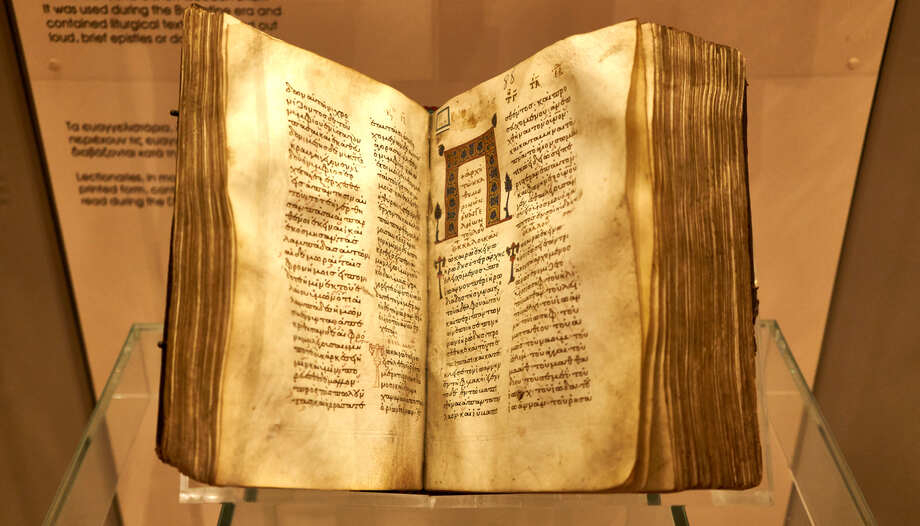
 Jesus and non-canonical sources about him
Jesus and non-canonical sources about him




